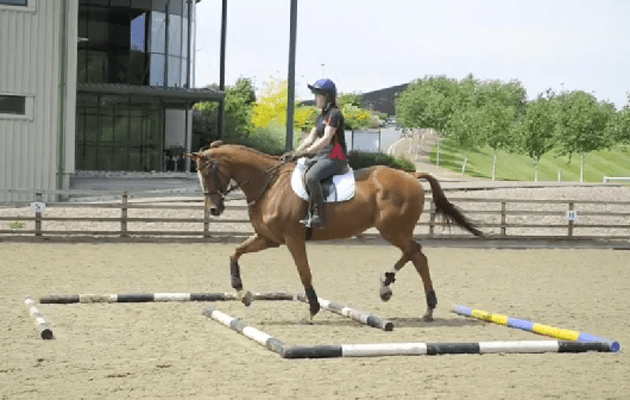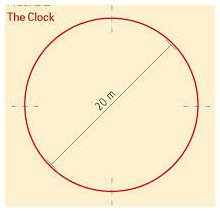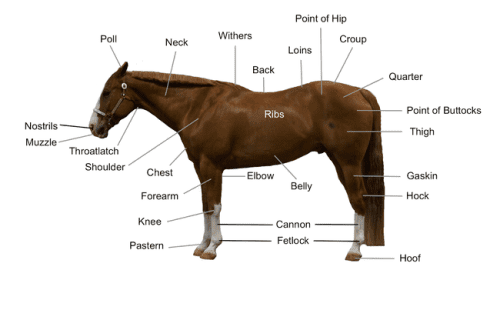
Exercise “Clock” – work on the canter (+ video)
Exercise “Clock” – work on the gallop
Exercise “Clock” involves working on poles in a circle. Sounds very simple! However, despite its apparent simplicity, this exercise has a wonderful effect on both the rider and the horse!
All you need is 4 poles and an arena or other suitable safe riding area.
We lay out the poles on a 20-meter circle so that they resemble the divisions of hours (12, 3, 6 and 9 hours), and work on them at a walk, trot and canter, remaining in a circle. This is a very popular exercise and many trainers and riders use it regularly in their daily training.

What to do?
1. Place four poles at four points on a 20m circle. Make sure they are equidistant from each other. If you are trying this exercise for the first time, you can make the circle a little larger at first.
2. Begin the exercise with a walk, then lift the horse into a trot. If it is difficult to work on four poles, remove the two opposite poles, and leave two. Try to work and warm up on two poles, think about creating a good rhythm.
3. When the horse has warmed up and you feel that both he and you are confidently working on the poles at the trot, go into a canter.
4. First gallop on two poles (same as at the trot), see if you can walk both parts of the circle equally, keeping the same width and number of strides between the two poles.
5. When you are ready, lay out on a circle all four poles.
6. Try to create a good natural rhythm and see if you can do the same number of strides from pole to pole at a canter. It all depends on the individual horse, but usually when working in a circle of 20 meters, 4-5 steps are taken between the poles.
7. Once you have mastered the natural rhythm of moving around the poles in a circle, you can begin to play with the steps – try increasing and decreasing their number.
8. Add or subtract just one step first. Even one step will make the exercise much more difficult.
9. Remember that the point of the exercise is to keep your horse in the correct flexion, correct circle trajectory and balance. This exercise is an ideal aid in creating good rhythm and balance in horse and rider.
10Take breaks periodically during the exercise. Remember that you need to work the same way in both directions.
After you’ve done the circuit a few times and feel ready to make the exercise harder, try shortening and adding steps throughout the circle. Transition from 3 to 6, 7 or even 8 beats:
The “Clock” exercise is not a way to quickly solve a problem or “heal” in one day. By using it consistently over a period of time, you will feel how much your horse has improved. Do not forget that you can’t rush – if you immediately managed to get on the right rhythm, you don’t need to immediately start playing with the number of steps.
Why is the clock exercise so beneficial?
1. This exercise requires impulsion, rhythm, control and balance from the horse! And this is one of the main tools necessary for successful development in all disciplines of equestrian sports.
2. The exercise involves a wide variety of options. It can be used with horses of any level of training and specialization. And, if used correctly, it produces fantastic results.
3. In order to work on this exercise, you do not need a lot of equipment. You can easily lay out the poles yourself – this is not building a series of obstacles alone.
Why does it work?
The exercise is both challenging yet achievable and accessible and makes your horse think. It’s like one of those puzzle games that you download on your phone and always come back to it because you always want to beat your previous record.
Horses also love this exercise as it adds variety to the arena work. Poles attract horses’ attention for a longer time.
So: have fun and take your time, and the results will not keep you waiting!
Translation by Valeria Smirnova (source).





